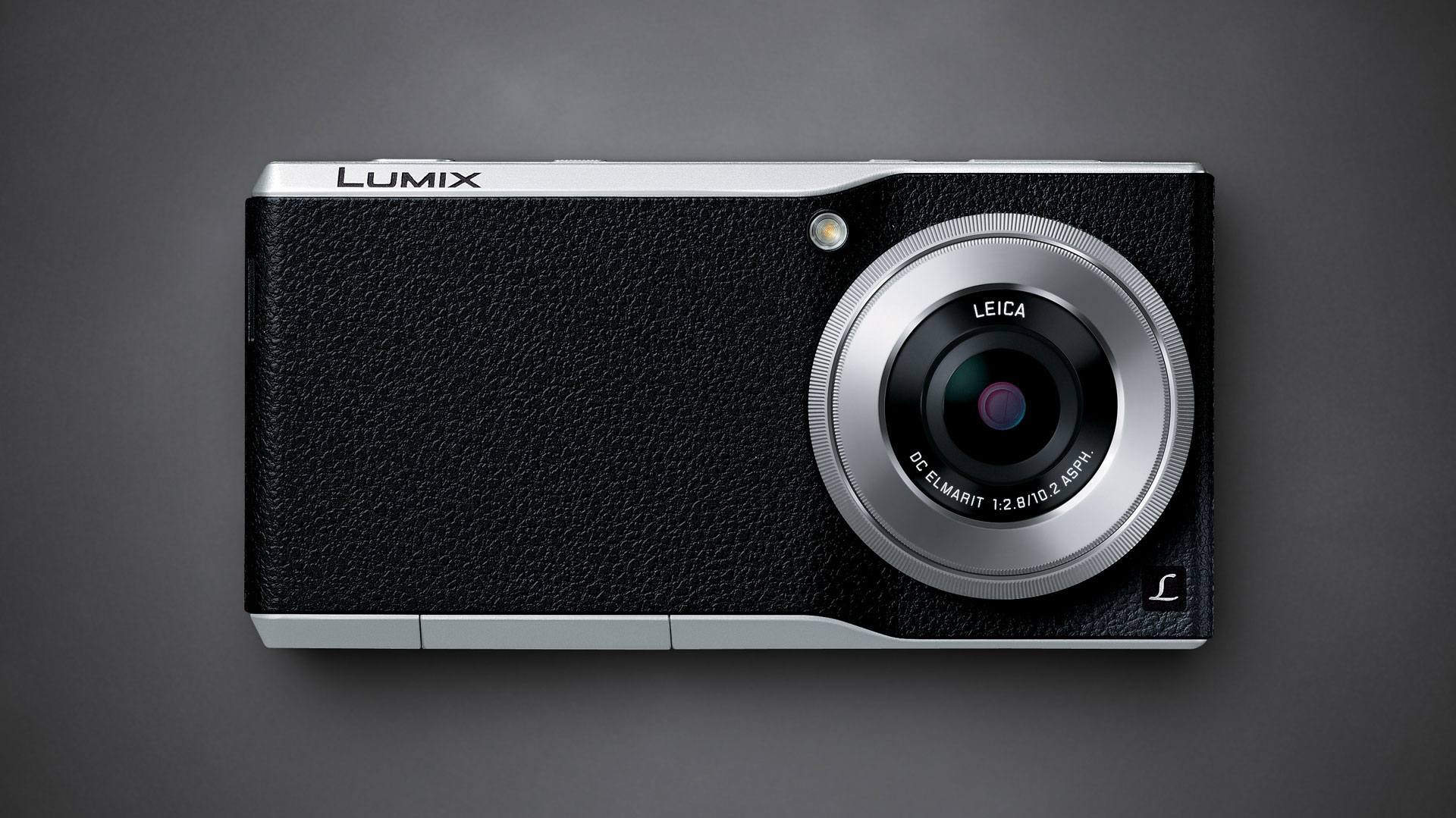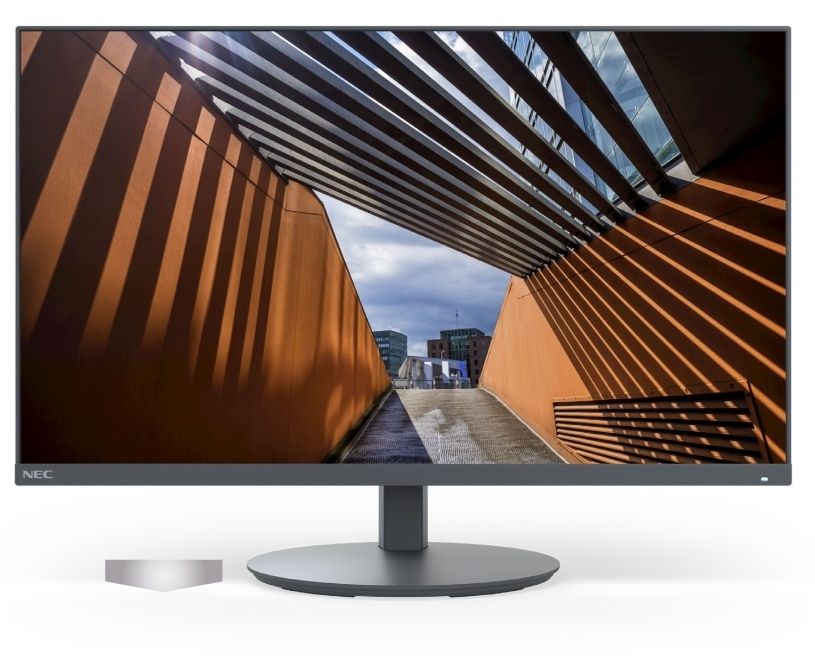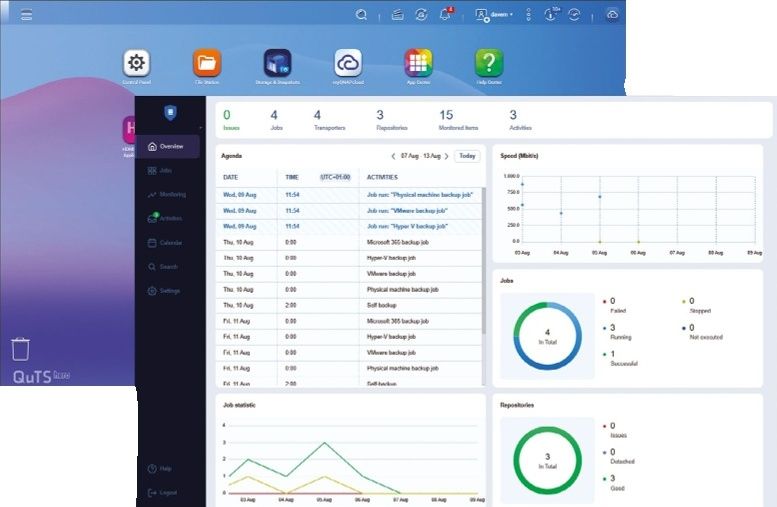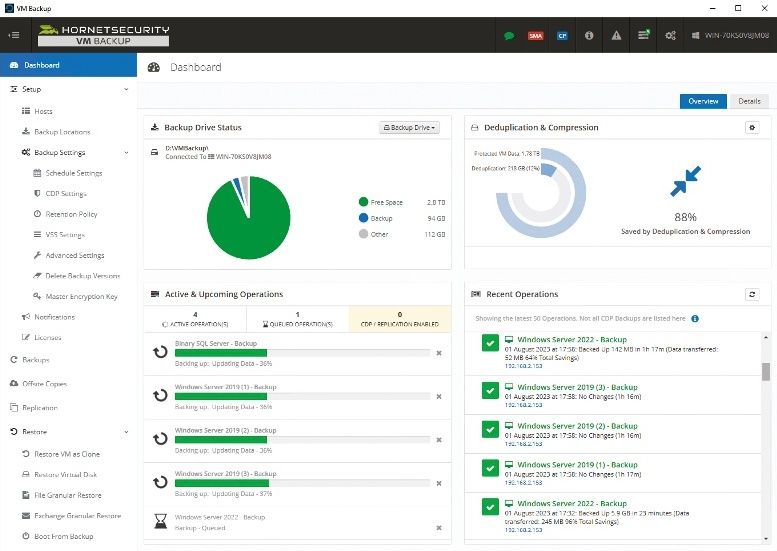TechRadar Verdict
The Panasonic CM1 is impressive, even judged solely as a camera. Who wouldn't want a high-end compact with a 1-inch sensor that will go in a shirt pocket? On top of that, it's a decent Android smartphone too.
Pros
- +
Large 20-megapixel 1-inch sensor
- +
Full manual control
- +
Android 4.4 and 2GB memory
Cons
- -
No zoom lens
- -
Tricky to hold securely
- -
Expensive
Why you can trust TechRadar
Photographers have joked for years about putting a phone in a camera and now Panasonic has gone and done it with the Lumix DMC-CM1. It's not just big talk; inside the CM1 is the same 1-inch type sensor with 20.1 million effective pixels found inside the excellent Panasonic FZ1000 – the best bridge camera around right now.
Further boosting the CM1's photographic credentials is Leica DC Elmarit lens with a maximum aperture of f/2.8 and 6 elements in 5 groups, including 3 aspherical elements. This has a fixed focal length of 10.2mm, which equates to 31mm in 35mm terms when shooting with an aspect ratio of 4:3, or 28mm with an aspect ratio of 3:2.
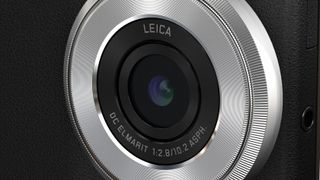
Like many compact cameras and mobile phones, the CM1 has a collection of automatic shooting options, but it's also possible to use shutter priority, aperture priority and manual exposure mode. Sensitivity may be set in the range ISO 100-25,600 and shutter speed can be varied between 60 seconds and 1/2000sec.
As usual with Panasonic cameras, the appearance of JPEG images can be varied by using one of a collection of Photo Styles; Standard, Vivid, Natural, Monochrome, Scenery and Portrait. Plus it's possible to adjust Contrast, Sharpness, Noise Reduction and Saturation, of colour images. There's also a collection of 18 filter effects called Creative Control options which can be used to apply effects such as Cross Process, Bleach Bypass and Retro to JPEGs – but they can be used while shooting raw files simultaneously.
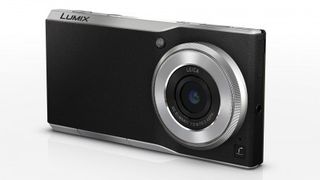
As the CM1 uses the Android 4.4 (Kitkat) operating system there area huge range of apps that can be used in conjunction with the camera, including one of my favourites; Snapseed. However, even without extra apps it's possible to adjust JEPGs and apply a collection of effects with a range of colour, frame, brightness and contrast options being available.
One of the big selling points of the FZ1000 is that it can shoot 4K video and this has also been carried into the CM1, although only at 15fps. Full HD footage can be recorded at 30fps. Videos are recorded in MP4 format.
Stills and video may be saved to the camera's internal memory (16GB) or an optional microSD card that can be inserted into the dedicated slot.
Build and handling
From the back, the CM1 resembles are fairly large phone with the 4.7-inch 6,200,000-dot touch-screen that has an aspect ratio of 16:9 taking up almost the entire area. The front however, looks like a fairly minimalist camera with a comparatively wide lens barrel occupying one side.
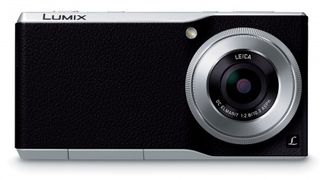
There are just four controls on the top of the camera (or side of the phone if you prefer to think of it that way). Working left to right is a customisable volume toggle switch (I set it adjust exposure compensation), the power button, a sliding switch to bring the camera to life or set it to sleep and the shutter release. If you prefer, however, the shutter can also be tripped via the button icon on the touchscreen or by using Touch Shutter mode.
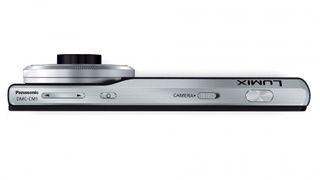
An icon in the top left corner of the screen indicates the selected exposure mode. Tapping this brings up a virtual dial that allows you to choose between all the available options. A strip down the right hand side of the screen gives a route to the key controls. Tap the top one in aperture priority mode, for example, and you can choose between setting aperture, exposure compensation, sensitivity and white balance. Once one of these features is selected it can be adjusted either by tapping the desire setting on screen or by rotating the ring around the lens barrel. Tapping the shutter release hides the list, leaving the selected option available for adjustment via the lens ring. It's the sort of system that you find yourself using instinctively without needing to delve into an instruction manual.
Tapping 'Q. Menu' on-screen opens the Quick Menu which gives a route to up to 12 features including metering mode, focus mode and file format. Any of the features can be selected and adjusted with just a couple of taps on the screen.
The main menu is also accessed and navigated by tapping the screen. Thankfully the screen is very responsive to touch so you don't find yourself double-tapping on a frequent basis.
The camera settings can be displayed around the screen, but if you prefer an uncluttered view they can be hidden by tapping the Disp icon. There are three display options to toggle through; one that hides all the data, a second that adds an electronic level and the third which shows all the settings data plus the level.
In bright sunlight it can be very hard to see an image on the screen. Boosting the screen's brightness helps, but that's only possible if you can make out the necessary icon on the screen. Even at the brightest screen setting, however, it can be very hard to see the location of the active AF point and to be 100% confident that the subject is sharp.
While the camera is generally nice and responsive, it takes 2 or 3 seconds to write images, whether they are being stored in the internal memory or to an inserted microSD card. In single shot mode this means that there's a slight delay before you see the captured image and you can take a second. In continuous shooting mode, there's no delay until you stop shooting and then it's only a couple of seconds.

I've spent hundreds of hours testing drones, and the Potensic Atom 2 is easily the best DJI alternative I've flown
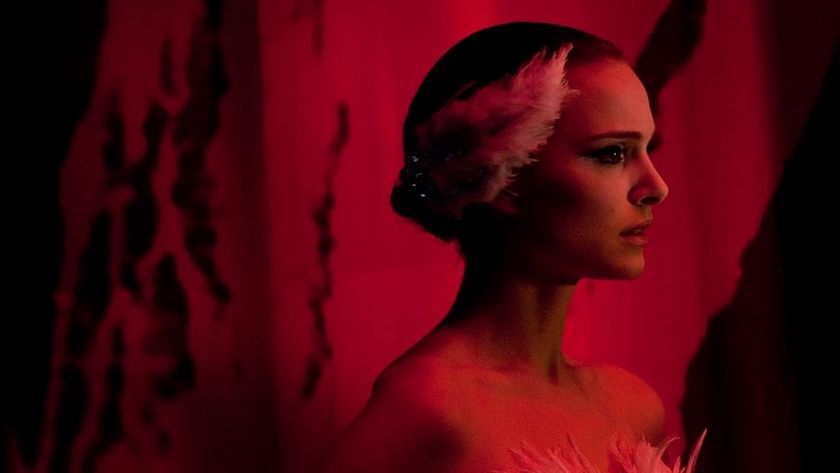
5 of my favorite thriller movies are new to Hulu in April, including one with 91% on Rotten Tomatoes

I tested the Zyxel SCR 50AXE - read what I thought of this affordable small office Wi-Fi 6E security router
